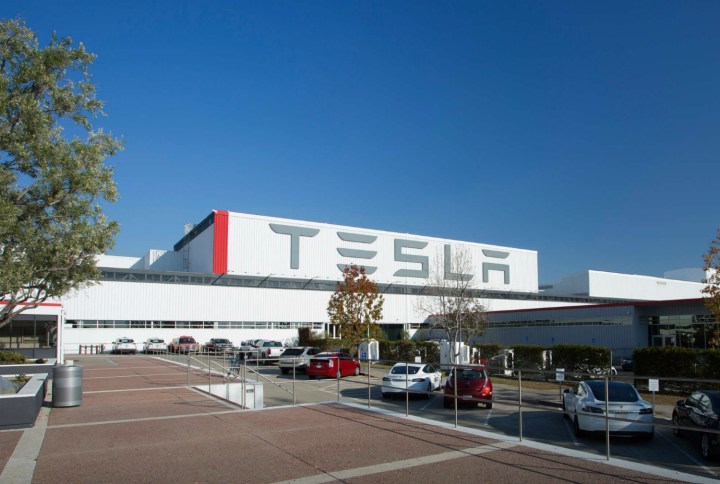
That’s what Mobileye did, however, and now Tesla is claiming Mobileye tried to change their deal after learning the automaker planned to make its own components for future systems, according to Reuters.
After a widely reported fatality in a Tesla Model S that occurred in May but was not publicly announced until the end of June, Mobileye stated its then-current EyeQ3 was not designed to detect vehicles coming from the side, that it only looked ahead. Tesla at the time said it used other components than just the Mobileye system. Tesla also announced it was not going to use Mobileye vision components for future versions of Autopilot, and that it wanted to bring development in-house, a common Tesla strategy.
When Tesla introduced its newest Autopilot hardware update, the company stated it needed a “tight integration” of hardware and software and would work directly with radar supplier Bosch.
Earlier this week, Mobileye claimed the breakup was its own idea. According to Electrek, Mobileye CTO Amnon Shashua said in an interview with Reuters, that it believed Tesla was “pushing the envelope in terms of safety.” About Autopilot, Shashua told Reuters, It is not designed to cover all possible crash situations in a safe manner. No matter how you spin it, (Autopilot) is not designed for that. It is a driver assistance system and not a driverless system.”
Sashua continued, “Long term this is going to hurt the interests of the company and hurt the interests of an entire industry, if a company of our reputation will continue to be associated with this type of pushing the envelope in terms of safety.”
Tesla has never claimed Autopilot is a driverless system. In fact, the firm has provided warnings each time owners activate the system. A Tesla spokesperson replied, as quoted by Electrek. “Since the release of Autopilot, we’ve continuously educated customers on the use of the features, reminding them that they’re responsible to keep their hands on the wheel and remain alert and present when using Autopilot. Drivers must be prepared to take control at all times.”
Tesla also stated that Mobileye tried to pressure Tesla to stop development of its own autonomous driving system. “Tesla has been developing its own vision capability in-house for some time with the goal of accelerating performance improvements. After learning that Tesla would be deploying this product, MobilEye attempted to force Tesla to discontinue this development, pay them more, and use their products in future hardware.
“When Tesla refused to cancel its own vision development activities and plans for deployment, MobilEye discontinued hardware support for future platforms and released public statements implying that this discontinuance was motivated by safety concerns.”
The stakes are high for everyone as self-driving vehicle development progresses. The future promise is fewer crashes and fatalities as human error is minimized with the increased use of autonomous vehicles. Along the path of development, safety concerns are justified. With the current public disagreements of Mobileye and Tesla, however, no one wins.
Editors' Recommendations
- Elon Musk eyes 2024 for Tesla robotaxi sans steering wheel, pedals
- Tesla issues stark warning to drivers using its Full Self-Driving mode
- Driving hands-free with Enhanced Super Cruise in the 2021 Cadillac Escalade
- From Paris to NYC, Mobileye will bring self-driving cars to metropolises
- Watch this Tesla drive from SF to LA with almost no intervention




